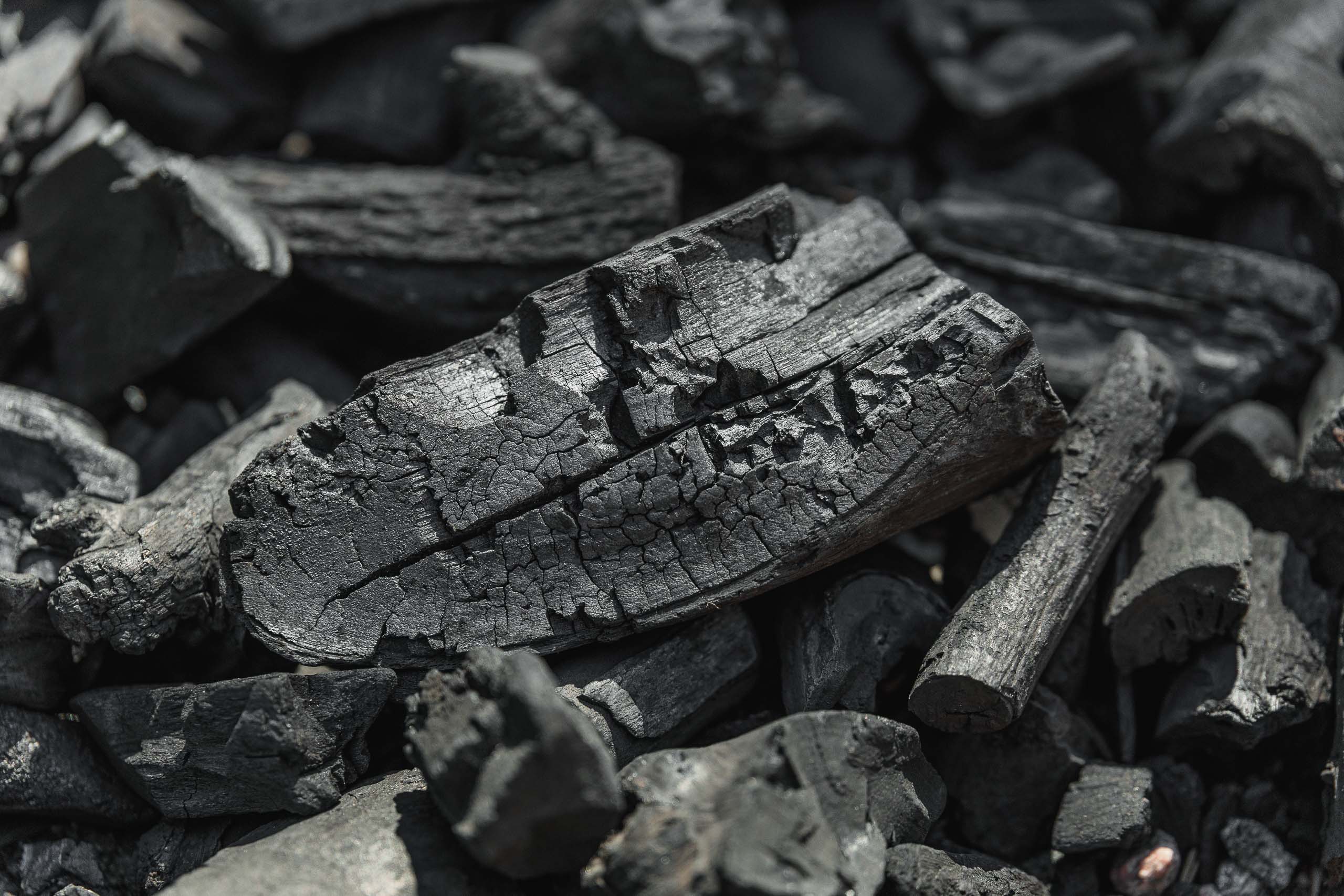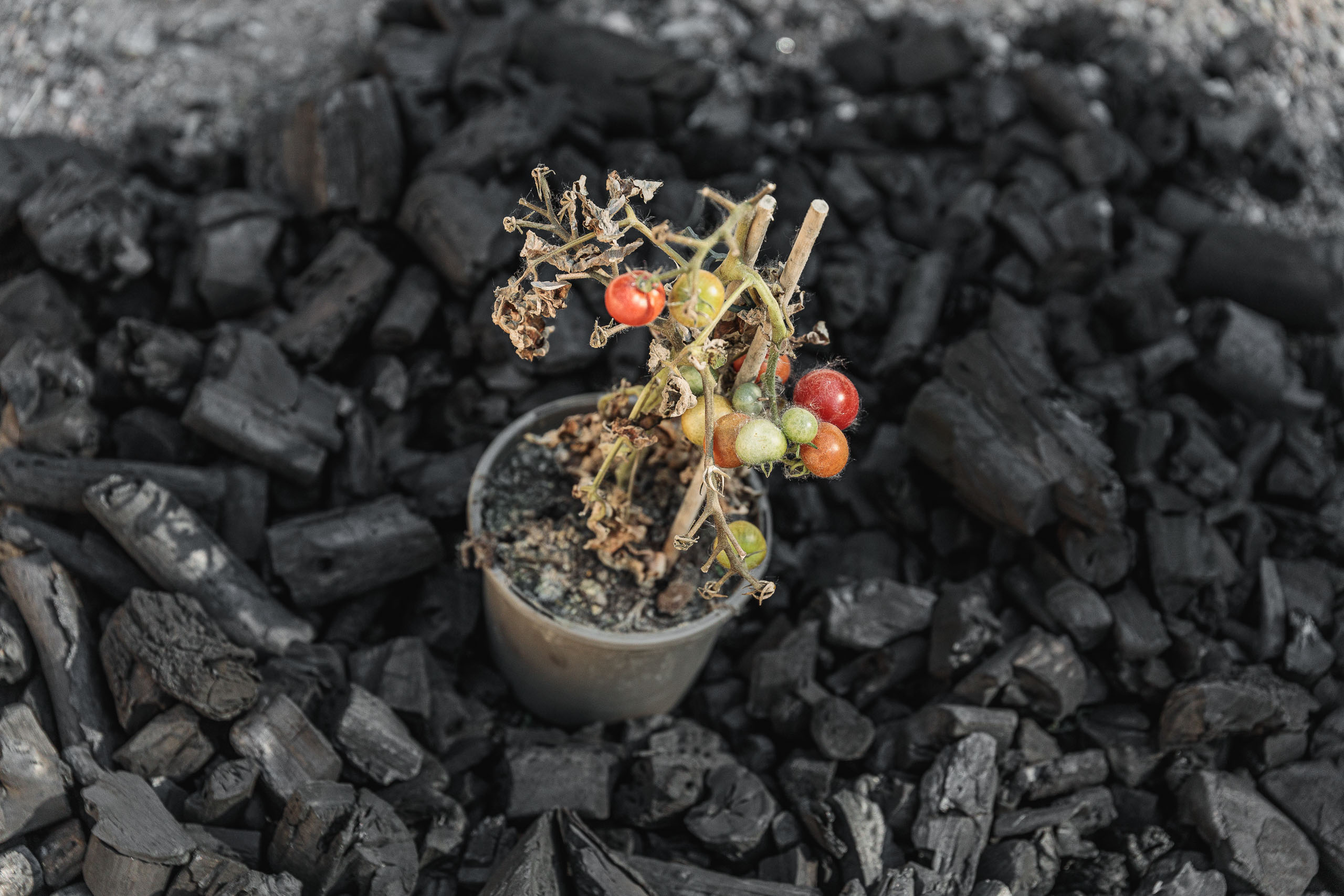
Operation Unethicality Program: Carbon Footprint 2021
Operation Unethicality Program: Carbon Footprint 2021
So there it is again another year of emissions. For a couple of years now, we have been working on determining and keeping track of the environmental destruction caused by our business and planning measures to reduce that destruction. The aim is to get rid of at least half of the emissions before the turn of the decade, as you can read on the page outlining our Irresponsibility work.
In 2021, we managed to push another 1,200 tons of carbon into the atmosphere, a nine percent increase in our annual carbon footprint. So, our footprint increases faster than our turnover, which grew by 2.6%.
As one may notice from the graph, our waste output and energy consumption have pretty much settled at this level. The differences between the emissions in 2019 and 2020 have been explained in this article. Transportation seems to be growing the fastest, and it has the biggest impact on how our emission levels develop. The emissions caused by packages shipped by air cargo have increased by 7%. The trips to fairs and other events are also returning to the levels they were at before the plague. The employee commuting, business travels, and the Road Show already cause almost as much emissions as the transportation of our brand products from the factories to our warehouse. However, even when combined, the trips and incoming transport together “only” make up some 50 tons of carbon dioxide and other gases, approximately 4% of all of our emissions. For comparison, the outgoing shipments add up to over a thousand tons of CO2e, 84% of the total footprint.
As first aid, these emissions have been compensated for together with Compensate but further plans are being developed.
Clarifications to our calculations
The most hawk-eyed folks will notice, that the 2020 numbers are slightly different from what we’ve reported before. Once again, practice made us a bit better, and we made some changes to the calculation process. We have gone a couple of steps back to fix the 2020 numbers, so that they are comparable with the 2021 calculations.
Previously, we asked for reports from our transportation partners on all the freight that we had bought. Then in 2021 we had an a-ha moment, as we realised that the reports didn’t really convey the big picture. Some of our suppliers purchase the freight themselves, and we have no data on that.
So, we had data on e.g. some surplus shipments, but no idea about the transportation emissions for our Särmä and Terävä products. Our own brands make up almost half of our sales at this point, so it would be pretty relevant to include their transportation. And of course these shipments are within our direct circle of influence, and we can do something about them as well.
So, we proceeded to calculate how many tons of our products have been ordered from each factory, and how the shipments have traveled to us. Based on this information, we could determine the emissions caused by the transportation from the factory to our warehouse. Therefore, we decided to skip the reports for incoming freight from the logistics partners and only included those on the emissions caused by the shipments from our warehouse to our customers..
Emissions according to the old scope and the new scope
| 2020 | 2021 | |
|---|---|---|
| Old scope | 1227 tCO2e | 1273 tCO2e |
| New scope | 1,1 K tCO2e | 1,2 K tCO2e |
| Difference | 27 tCO2e |
This of course looks a bit bad for us, as it seems we’re letting some 27 tons of emissions slide. Actually, we are doing even worse than that, because according to the Greenhouse Gas Protocol, we should include all emissions from all purchased goods and services. This means everything from the coffee cups purchased for our office to all products moving through us - and about 35% of our sales consist of products from other brands.
Unfortunately, we don’t yet have the data required for this thorough calculations regarding products made by others. Compiling and adjusting the data like we do for our own products is going to take craploads of work and time.
Scope of calculations
We like to think of ourselves as one of the good guys, ready to make an effort for bringing more good into the world, so we are not just being lazy here. Rather, it is a question of picking our battles - do we use our resources for fine tuning the emission calculations, or do we focus on actually reducing the emissions?
In the end, the most important thing is to measure accurately the notable sources for emissions that we can influence and fix those first. So, together with our calculation partners, we came to the conclusion, that we will first tackle the emissions related to our own brands and key business operations. We know where our own products came from and how much each item weighs. These emissions are also a direct result of our existence and the business we do.
So, the scope of our calculations for now is as follows:
- Energy use and waste produced at our premises in Helsinki, Finland
- Manufacturing and transporting our own brand products to the warehouse
- Shipping of all the products in our selection to the customers, including transportation and packaging materials
What’s still missing is the manufacture of the products of other brands and shipping those and the army surplus gear to our warehouse in Helsinki. Maybe at some point we can get an estimate of these emissions as well, but right now we’ll move it to the bottom of the to-do-list.
Of course, it would be cool to be able to afford to compensate for all emissions for everyone, but that’s not going to happen just yet. This is also our hot tip to other companies, now would be about the time to start looking at your own environmental impact and take responsibility for it.
Moving on
Our previous Unethicality Program served as a guideline for the years 2019-2021, and we got a nice start. In 2021, we hired a person to map the path forward from here. The priorities laid out in this program - material efficiency, responsible purchasing and manufacturing, as well as reducing the emissions of logistics - are still vital, but the aim is to have clear indicators and targets for the coming years. This work will continue during the latter half of 2022, so that we can have a real battle plan for getting rid of our emissions, since we have promised to cut them to at least half before the next decade.
